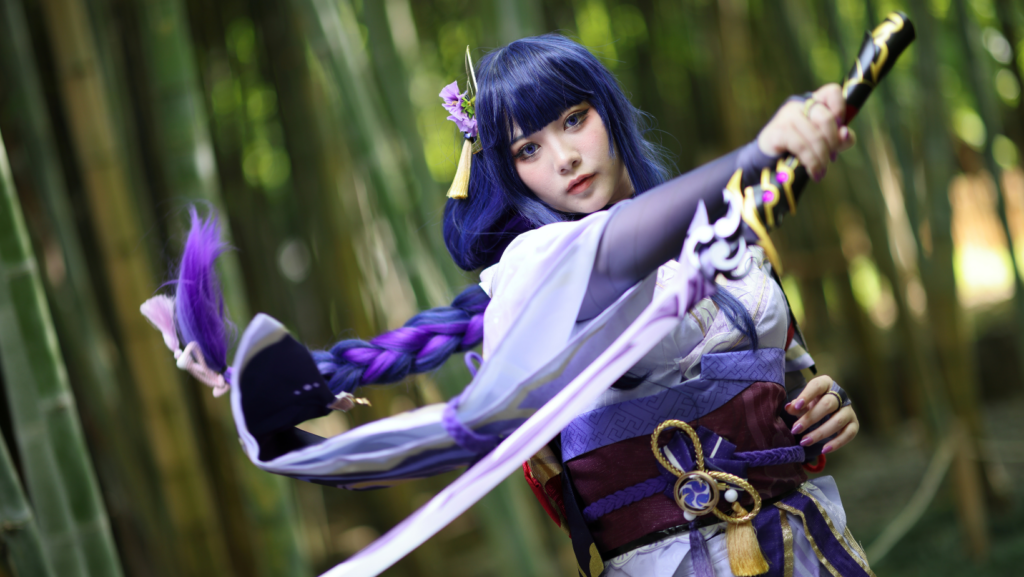Delve into the vibrant world of ‘Animation Images.’ It’s a realm where creativity meets technology, producing visually stunning and dynamic images that captivate audiences across the globe. This fascinating art form has made significant strides, transforming from simple moving images into complex masterpieces that tell compelling stories.
Whether you’re a graphic designer, an animation enthusiast, or simply someone who appreciates the beauty of this medium, you’ll find this article intriguing. It’ll explore the evolution, techniques, and the future of ‘Animation Images,’ providing insights that will enhance your understanding of this captivating art form. So, prepare to embark on an exciting journey into the world of animated images.
Understanding the Concept of “Animation Images”
 This section delves deeper into the enthralling world of “Animation Images,” unraveling its origins, meaning, and relevance. Expanding knowledge about this dynamic art form nourishes appreciation and facilitates a deeper understanding for enthusiasts and professionals alike. The term “Animation Images” encompasses visually dynamic images created using advanced animation technologies. A fusion of ‘animado,’ which means animated in Spanish, and ‘imagenes,’ meaning images, the monicker signifies lively and aesthetically engaging graphics and visuals.
This section delves deeper into the enthralling world of “Animation Images,” unraveling its origins, meaning, and relevance. Expanding knowledge about this dynamic art form nourishes appreciation and facilitates a deeper understanding for enthusiasts and professionals alike. The term “Animation Images” encompasses visually dynamic images created using advanced animation technologies. A fusion of ‘animado,’ which means animated in Spanish, and ‘imagenes,’ meaning images, the monicker signifies lively and aesthetically engaging graphics and visuals.
Originated from the marriage of art and technology, these stunning animations offer visual narratives, transforming static designs into compelling moving images. Today, “Animation Images” represents a broad spectrum of animations, ranging from intricate 3D renderings to simplistic 2D narratives, each generating a unique user experience.
With the transition to a more digital lifestyle, the relevance of “Animation Images” has seen exponential growth. They contribute significant value in various sectors, including entertainment, education, marketing, and even industries like healthcare where they simplify complex concepts through visual representation.
These animated images make contents more engaging, improving audience retention and understanding. They serve as potent tools for visual storytelling, making abstract concepts easily comprehendible. With vast potential across numerous fields, “Animation Images” continue to rise in relevance and demand.
The Use of “Animation Images” Across Various Fields
 Venturing further on the applicability of ‘Animation Images,’ one observes the profound impact these animated images have across several sectors. Their ubiquitous presence enhances the user interface, engagement, and overall experience in wide-ranging fields. In the gaming industry, ‘Animation Images’ proves crucial for the enhanced player experience. Packed with powerful visuals, these images morph game characters into lifelike figures, contributing to immersive game settings. Popular games, like Fortnite, leverage this technology, rendering visually striking landscapes and avatars, thereby enhancing game-play.
Venturing further on the applicability of ‘Animation Images,’ one observes the profound impact these animated images have across several sectors. Their ubiquitous presence enhances the user interface, engagement, and overall experience in wide-ranging fields. In the gaming industry, ‘Animation Images’ proves crucial for the enhanced player experience. Packed with powerful visuals, these images morph game characters into lifelike figures, contributing to immersive game settings. Popular games, like Fortnite, leverage this technology, rendering visually striking landscapes and avatars, thereby enhancing game-play.
Animation and “Animation Images”
Similarly, the animation industry leverages ‘Animation Images’ for creating compelling visual narratives. These images find usage in everything from 2D cartoon shows, like SpongeBob SquarePants, to intricate 3D animated movies, like Avatar. In addition, they help achieve realistic motion sequences deemed essential for maintaining viewer interest and providing an enriching viewing experience.
The Technology Behind “Animation Images”
 This section dives deep into the sophisticated technology inheriting the “Animation Images”. It provides insights into intricate technical details, data-processing routines, and key procedures integral to creating captivating animated visuals. Rigging, the procedure of assigning physical attributes and behaviors to animated characters or objects, paves the way for realistic movements. Following this, the animators set in motion, executing the planned movements through keyframes. Each keyframe represents a significant point in time along the animation timeline, and the software smoothly interpolates transitions between these keyframes. This interpolation process creates the illusion of fluid movement, laying the foundation for the “Animation Images”.
This section dives deep into the sophisticated technology inheriting the “Animation Images”. It provides insights into intricate technical details, data-processing routines, and key procedures integral to creating captivating animated visuals. Rigging, the procedure of assigning physical attributes and behaviors to animated characters or objects, paves the way for realistic movements. Following this, the animators set in motion, executing the planned movements through keyframes. Each keyframe represents a significant point in time along the animation timeline, and the software smoothly interpolates transitions between these keyframes. This interpolation process creates the illusion of fluid movement, laying the foundation for the “Animation Images”.
Subsequently, texturing ensues, where artists apply layers of surface detail to the animated figures, inserting textures, colors, and lighting effects. The final steps comprise of rendering, where the software uses algorithms to process all elements into a single flat image for each frame of animation. And with 24 frames per second common in most animations, the process ensures seamless visuals exuding lifelikeness.
A glimpse into the advanced technology behind “Animation Images” offers a newfound appreciation for this ground-breaking tech-artistry, revolutionizing visual communication across industries.
In addition, they help achieve realistic motion sequences deemed essential for maintaining viewer interest and providing an enriching viewing experience.
